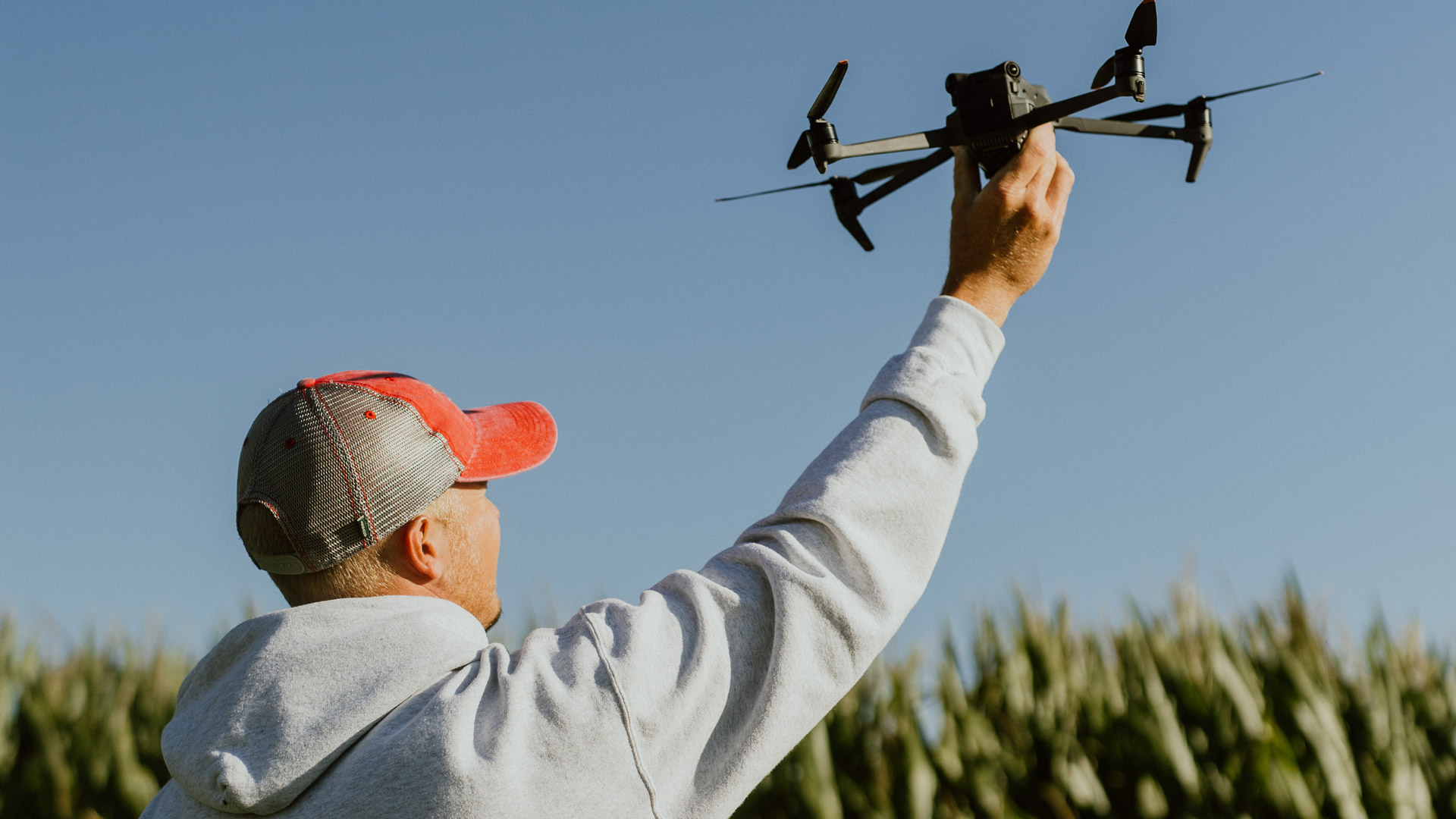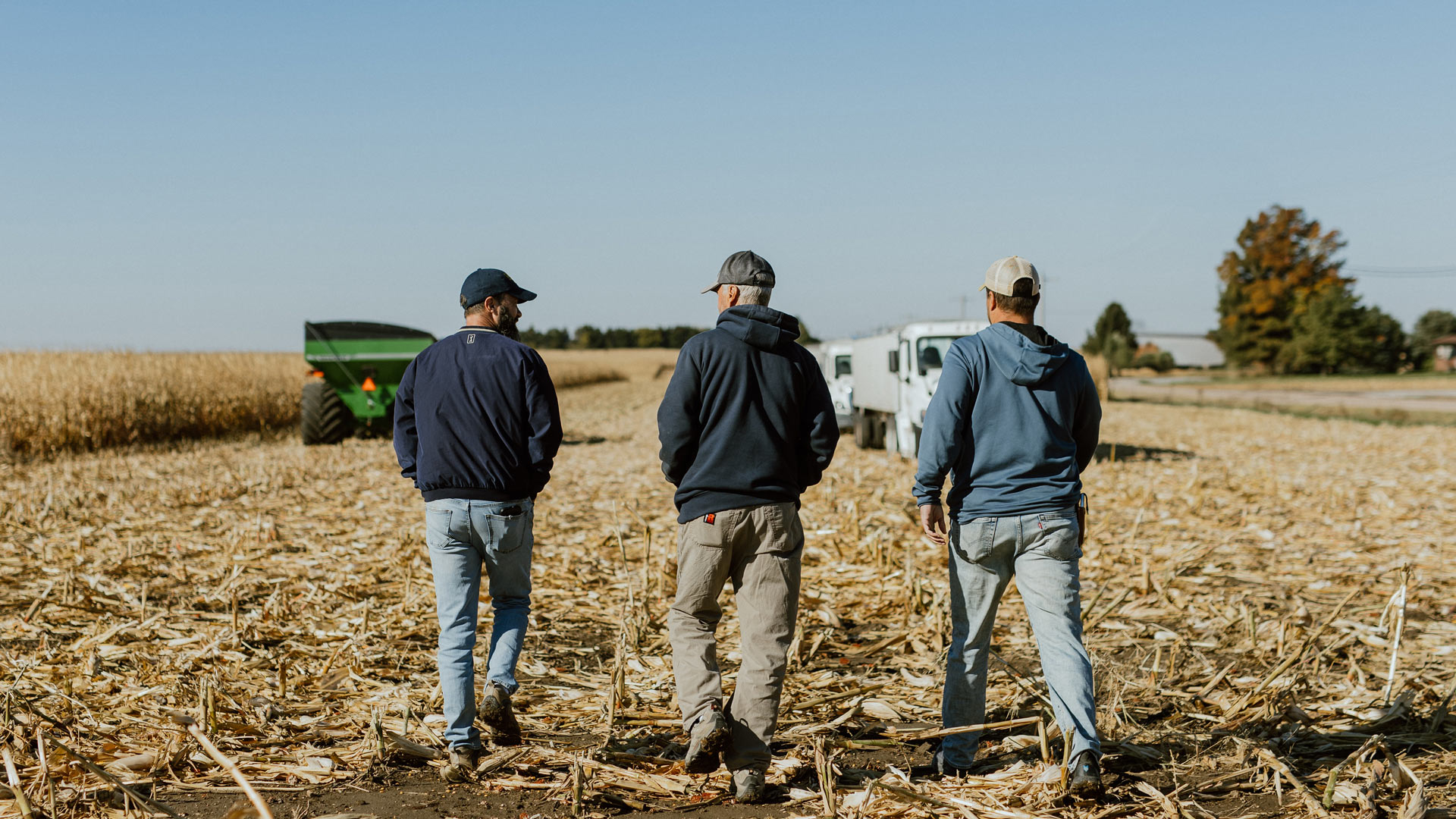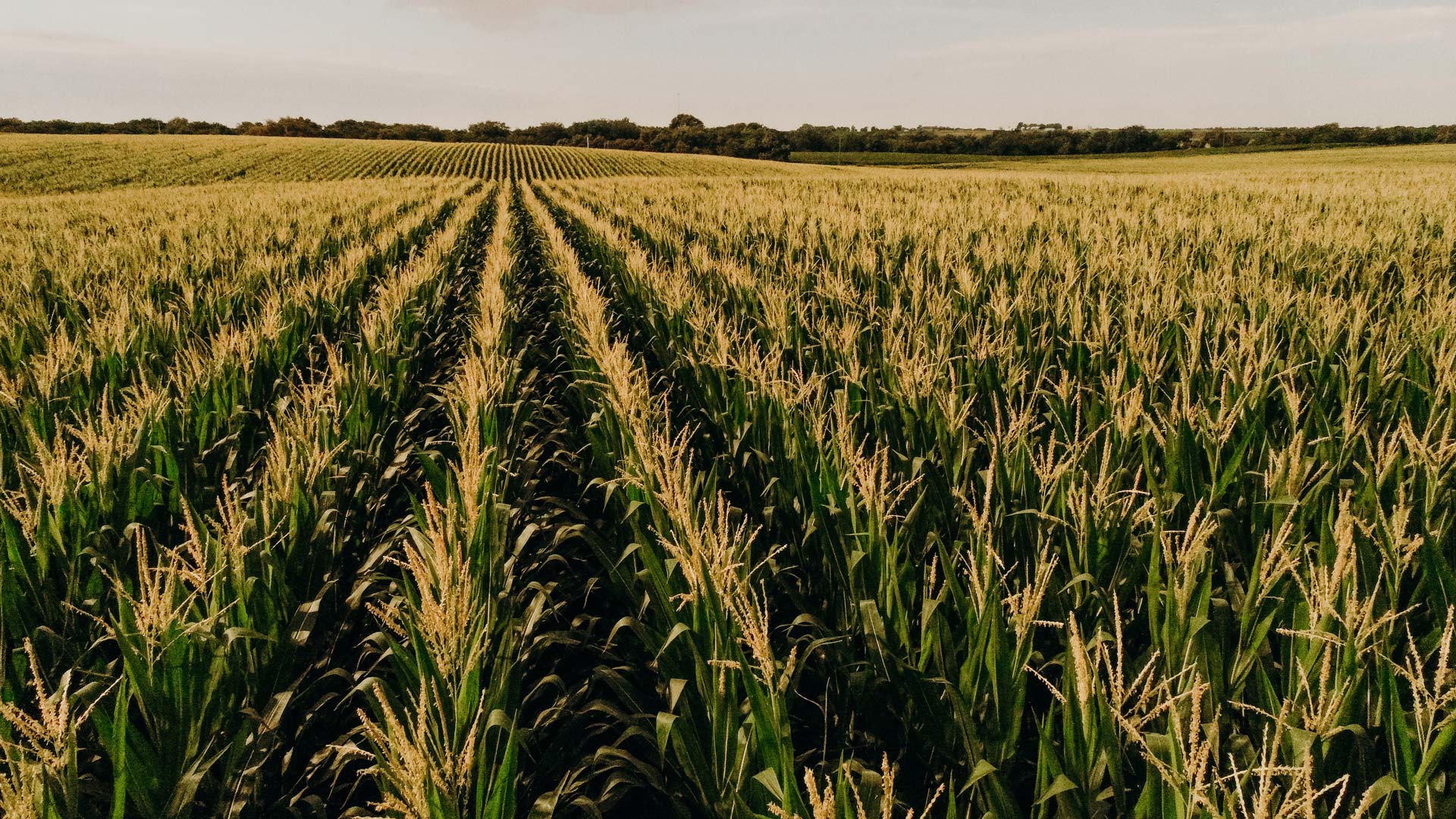Agricultural carbon markets are a way for corn farmers to combat climate change while potentially unlocking new revenue streams. These markets allow farmers to earn carbon credits using climate-friendly sustainable farming methods—such as no-till farming or cover crops—that help sequester carbon in the soil. As demand for carbon credits grows, farmers can potentially sell these credits to companies looking to offset their carbon emissions or improve the sustainability of their supply chain.
While the carbon credits market is still developing, they offer a potential win-win for farmers looking to implement environmentally friendly farming practices while also creating additional income. In this blog, we’ll introduce agricultural carbon markets and explain how a voluntary carbon-reduction program may benefit Nebraska’s corn farmers.
What Is an Agricultural Carbon Market?
An agricultural carbon market is a system where carbon credits are bought and sold. They allow farmers and other landowners to earn revenue by implementing sustainable farming practices that reduce or sequester carbon dioxide (CO2). These carbon-saving practices generate carbon credits, which can be sold to businesses or governments that want to compensate for their own greenhouse gas emissions.
This typically involves farmers working through a third party too and may include reporting, testing or even an on-site visit to verify the sustainable farming practices needed to generate carbon credits.
A closer look: carbon insets and carbon offsets
In a carbon market, carbon is traded as “credits,” with one credit representing one metric ton of greenhouse gas emissions. This is equivalent to 2,204.6 pounds of CO2.
There are two types of carbon markets:
Carbon offset markets: A carbon offset is when an entity or company outside the agricultural industry seeks to compensate for its own greenhouse gas emissions. Carbon offset programs use tradeable credits representing the reduction, avoidance or sequestration of a unit of CO2, usually one metric ton, that are created by sustainable farming practices.
Carbon inset market: A carbon inset is when an entity inside the agricultural industry buys carbon credits or seeks carbon sequestration or removal within its own operations or value chain. An example would be a company interested in production of low-carbon grain or livestock feed.
What Benefits Come from Participating in Voluntary Carbon Markets?
Voluntary carbon markets create many benefits for the environment, can generate income for farmers and help companies reduce their environmental footprint.
Environmental Benefits of Carbon Sequestration
The goal of carbon sequestration and removal is to combat global warming by reducing the release of carbon dioxide into the atmosphere. However, practices that promote carbon storage and sequestration also benefit farmland.
An example is no-till farming and other reduced tillage techniques. In addition to sequestering carbon, reduced tillage farming methods also prevent soil erosion, enhance soil structure and promote the growth of microbes, insects and other organisms that live in the soil. Growing cover crops, another method of sequestering carbon, also reduces erosion, increases soil health and can even help reduce soil compaction. Both of these methods of growing corn can benefit farmers because fertile, healthy soil is better for growing corn and other crops.
Emerging Opportunity for Farmers
The carbon market offers several potential opportunities for farmers, especially those interested in implementing sustainable farming practices. Participating in these markets not only could help defray the costs of buying special equipment needed to switch from conventional farming methods to no-till farming or to seed cover crops, but also could provide an additional revenue stream from sale of carbon credits.
Dive Deeper into Carbon Reduction Programs in Nebraska
Interested in learning more about carbon markets and other carbon reduction programs in Nebraska? Visit Nebraska Corn’s in-depth exploration of agricultural carbon markets. It includes information about voluntary carbon programs available to Nebraska farmers, tools to calculate your carbon intensity score and frequently asked questions about how carbon markets work.




